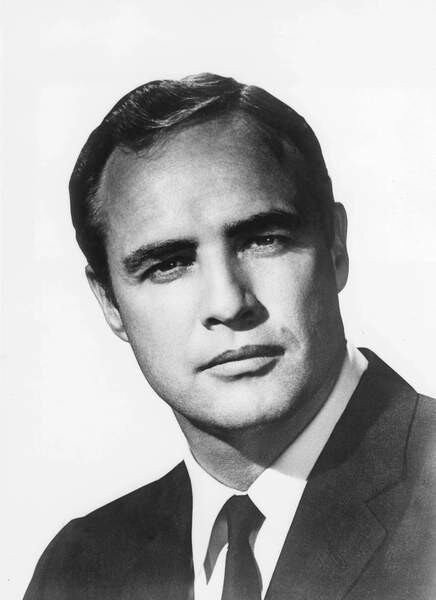The Life and Legacy of Marlon Brando

Introduction
Marlon Brando, often hailed as one of the most influential actors in film history, redefined the craft of acting during the 20th century. His groundbreaking performances and unique approach to characterisation have left an indelible mark on Hollywood and shaped the art of performance for generations of actors. As we revisit Brando’s life and contributions to cinema, it becomes evident that his legacy continues to resonate with audiences today.
Brando’s Early Years
Born on April 3, 1924, in Omaha, Nebraska, Marlon Brando was raised in a family with a complex emotional backdrop. He pursued his passion for acting in New York City, where he studied at the Stella Adler Studio of Acting and became involved in the vibrant theatre scene. His breakthrough came in the early 1940s with performances in plays like ‘A Streetcar Named Desire,’ which showcased his intense method acting approach.
Iconic Film Roles
Brando’s transition to film was nothing short of spectacular. His portrayal of Stanley Kowalski in the 1951 film adaptation of ‘A Streetcar Named Desire’ earned him critical acclaim and established him as a formidable talent. However, it was his role as Don Vito Corleone in Francis Ford Coppola’s ‘The Godfather’ (1972) that rendered him a cinematic legend. The film, portraying the complexities of the Mafia and familial loyalty, became a cultural touchstone, showcasing Brando’s uncanny ability to convey depth and inner turmoil through understated performances.
Impact on Acting and Film
Brando’s influence extends beyond his individual performances. He was a key figure in the development of method acting, encouraging actors to delve deeply into their characters’ psyches. His improvisational style and emotional authenticity paved the way for a new generation of actors, including Al Pacino and Robert De Niro, who would also become icons in their own right. Moreover, Brando’s willingness to challenge industry norms—such as his refusal to accept the Academy Award for Best Actor in 1973 as a protest against Hollywood’s treatment of Native Americans—demonstrates his commitment to social issues alongside his artistic ambition.
Personal Life and Legacy
Outside of his cinematic achievements, Brando’s personal life was filled with controversy and intrigue. He faced numerous challenges, including struggles with weight and relationships, yet these complexities only added to his enigmatic persona. He passed away on July 1, 2004, but his legacy lives on through his extensive body of work and the lasting impact he has had on film and acting.
Conclusion
In reflecting on Marlon Brando’s career, it is clear that he was not just an actor but a cultural phenomenon. His contributions to cinema have set standards in performance that actors strive to emulate. As new generations discover his films and performances, Brando’s influence will undoubtedly continue to shape the landscape of acting and film, reminding us of the power of artistic expression.









